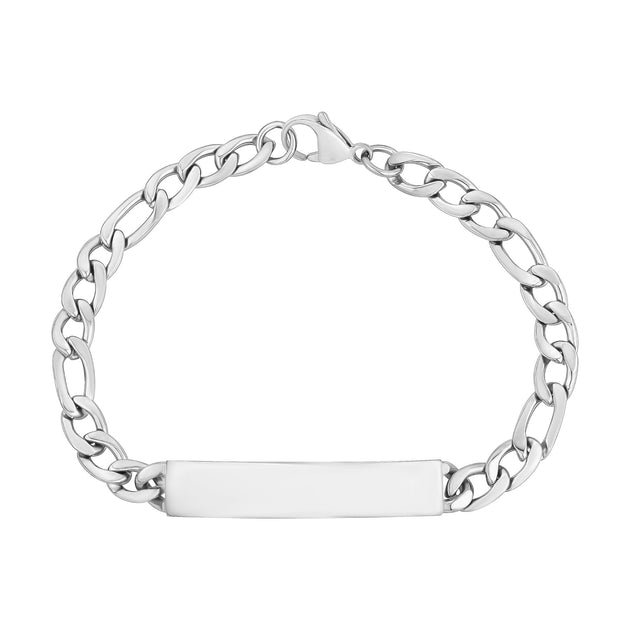The term stainless steel’ can apply to various iron-based alloys. Adding additional elements like molybdenum, nickel, carbon, and manganese, and varying this quantity, produces different kinds of stainless steel or joyas de acero al por mayor for varied applications.
There are several stainless-steel alloys that you might use to create a customized wire basket or tray. Each stainless-steel alloy composition has its tensile strength, melting point, oxidation resistance, and corrosion resistance characteristics.
To choose the best stainless-steel grade, you must first understand your alternatives. Here’s a brief rundown of the most popular varieties of stainless steel and their characteristics to help you better understand your options:
Martensitic
Stainless steel alloys in this group are the least prevalent. They have a lesser corrosion resistance than ferritic or austenitic alloys, but they have a high hardness. Martensitic stainless-steel alloys get frequently used in applications that need extreme tensile strength and impact resistance. When corrosion resistance is also required, these alloys can be utilized with a protective polymer covering.
Ferritic
This type is the second most prevalent kind of stainless steel. Ferritic stainless steel is magnetic, as the name indicates. Cold working can used to harden these alloys. Because of the lower nickel content, they are also less costly.
Austenitic
Due to its enhanced malleability, austenitic stainless steel is the most prevalent stainless steel. There are three primary types of austenitic steel:
- Chromium-nickel alloy (300 series)
- Manganese, chromium, nickel, and nitrogen are the four elements that makeup manganese (200 series)
- Alloys with unique properties
Duplex
Chemical facilities and pipelines are the primary applications for this kind of Stainless-steel jewellery. This kind of stainless steel has a chromium content of 22-25 percent and a nickel content of 5%.

Precipitation Hardening
This stainless steel gets composed of chromium and nickel. Because of its exceptionally high nickel concentration, this is arguably the worst kind of nickel for jewellery. It can further subdivided into three categories:
- Martensitic
- Semiautensitic
- Austensitic
The Pros of Stainless Steel
- Stainless steel is durable, making it suitable for jewellery worn by working men or other busy persons.
- Because of its inherent polish, stainless steel gives a touch of class to nearly anything. It’s a close second to sterling silver!
- Stainless steel jewellery does not rust or corrode, making it ideal for outdoor activities and rainy days.
- When compared to other forms of jewellery on the market, stainless steel is cheap.
Difference Between Stainless Steel and Sterling Silver
Even though both stainless steel from wholesale stainless steel jewelry and sterling silver are alloy metals, meaning they contain multiple different metals rather than just one, distinctions can influence your selection when determining which is best for your purposes.


![How to fixed [pii_email_e2f55b4aa7bb667da6d9]?](https://pqrnews.com/wp-content/uploads/2021/01/pii_email_b4969755ef6881519767-696x392.png)

